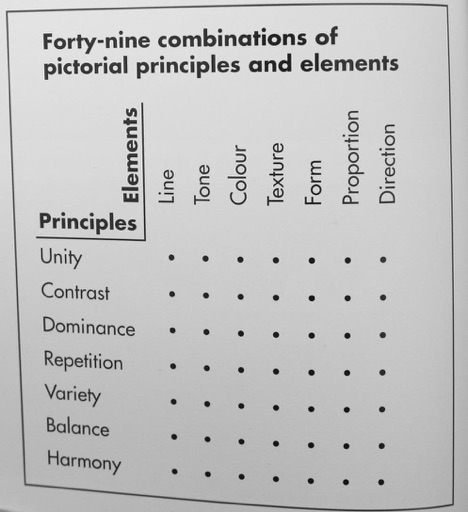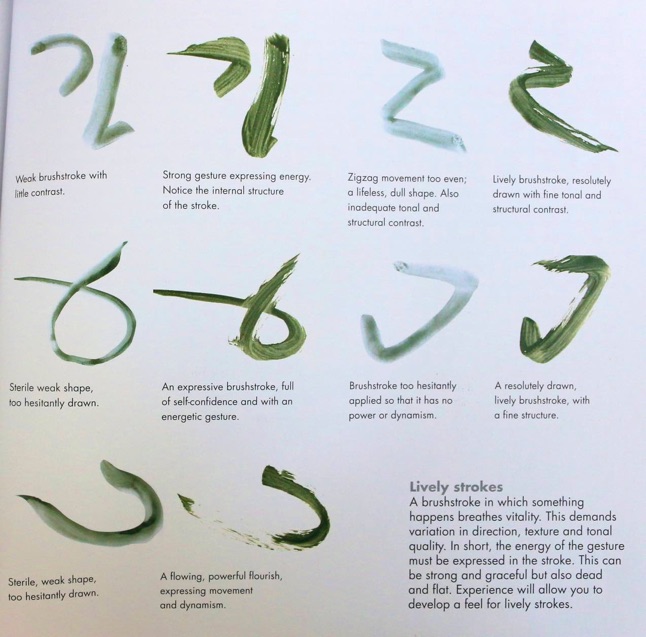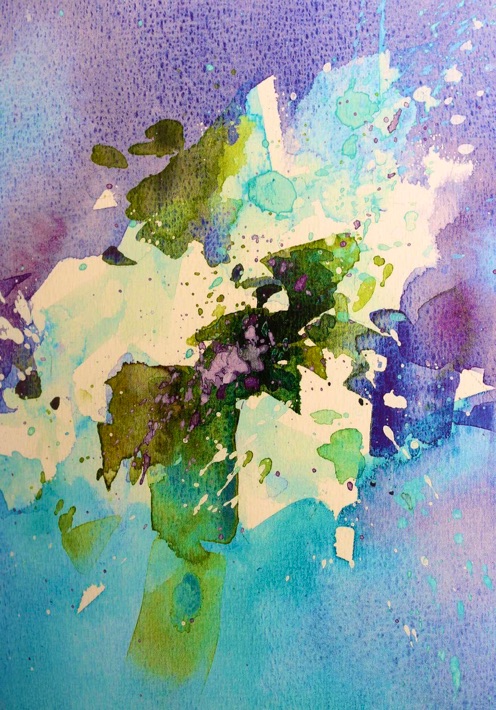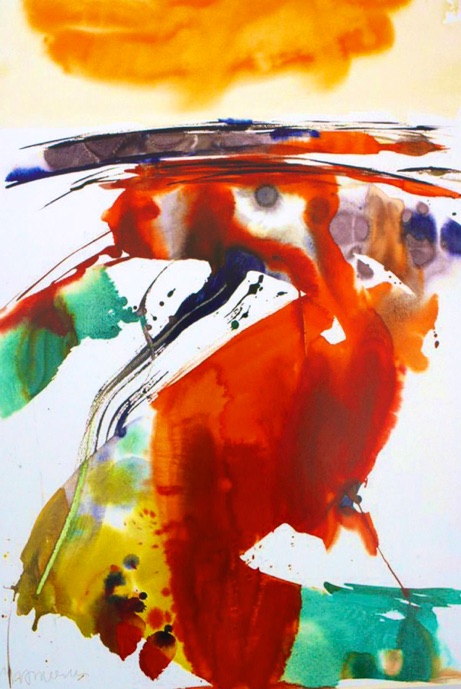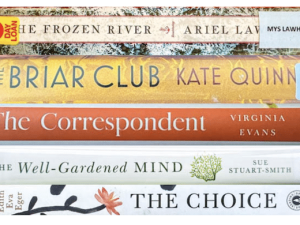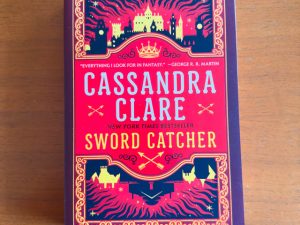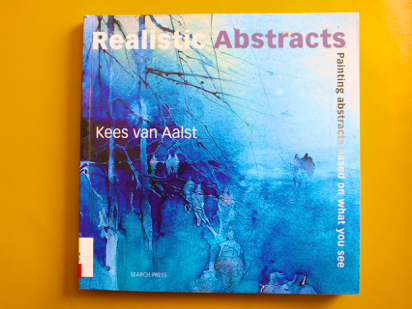
–
This book is better than most of its kind. I give it 4 stars. You can see below both paintings and instruction in it that I thought worth considering.
• “No great artist ever sees things as they really are. If he did, he would cease to be an artist.” Oscar Wilde
• “Art only begins where imitation ends.” Oscar Wilde
• The most important principle of design is unity. Every element, whether line, tone,color, texture, form, proportion, or direction, must be echoed elsewhere in the work in order to ensure unity. Unity is an integrated cohesion within our work of art. It is created by repetition. … You should never place an element just once but repeat it in a different place in an attenuated form.
• Areas with a lot of activity have to be alternated with calm areas, just as in music you have fast and tranquil passages… Ensure you alternate between active and quiet sections. Limit the activity to the focus of attention.
• There are countless ways of painting a good painting, but there is one certain way of creating a bad one: depicting precisely what you see. This is because you see too much. Reality provides us with a superfluity of information, which we have to deal with selectively. We have to make choices. The great breakthrough in painting comes when you rise above what your eye can see. At that point you realize what must be there instead of what is there.
• “I don’t think I handle the notes much differently from other pianists. But the pauses between the notes – ah, that’s where the artistry lies.” Artur Schnabel
• I have nothing against guidelines for improving paintings – on the contrary, but it does very little for the spontaneity of your work if you have to take too many factors into account. Do not accept advice and rules without thinking about them – the ‘why’ behind given guidelines is extremely important. There are already too many dogmas in the world that are followed unthinkingly.
• Have a go at deviating from the actual colors of a subject. Paint what you feel, not what you see. By doing this you will increase the abstract quality of your work.
• Many artists, when just starting out, try to say too much at once. Limit yourself to one main motif and subordinate everything else. Keep it simple. Restrict yourself to large shapes with a single suggestive detail and you will see that your work improves considerably.
• Be selective, eliminate surplus detail and release yourself from slavish adherence to reality. Add something, leave something out, change something.
• The paradoxical combination of opposing ideas is a prerequisite for a good composition.
• Short checklist to help you analyze your work:
Have I provided enough tonal contrast?
Is the strongest tonal contrast concentrated at the focal point?
Have I also ensured that there is some contrast in shapes and directions?
Have I repeated elements, such as form and color, sufficiently elsewhere in the work?
Have I also applied sufficient variation in the elements to avoid dullness?
Are the left and right sides of the work balanced?
Have I alternated between busy and still sections?
Are there some linear elements as well as the surface areas to enliven the work?
Have I limited my use of colors?
Have I tried not to narrate too much in a single painting but kept my story simple?
–

